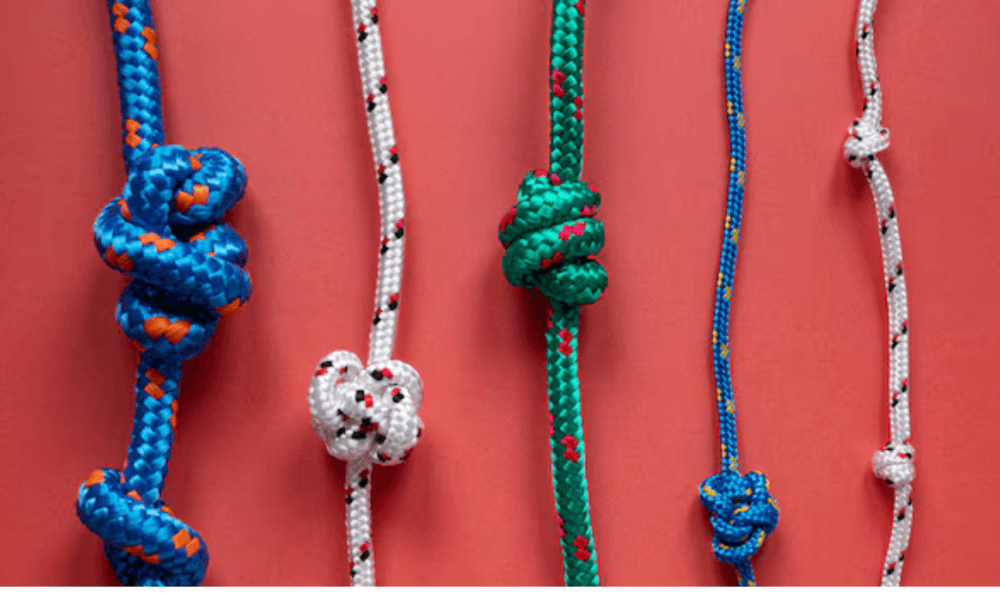Mastering the Crock Knot: A Comprehensive Guide
Whether you’re an outdoor enthusiast, a sailor, or just someone who loves exploring practical skills, the Crock Knot is a valuable knot to add to your toolkit. This knot, known for its strength and versatility, is popular in various applications, from climbing to camping. But what makes the Crock Knot special? In this guide, we’ll break down everything you need to know about tying, using, and mastering the Crock Knot.
Table of Contents
| Sr# | Headings |
|---|---|
| 1 | What is the Crock Knot? |
| 2 | Origins of the Crock Knot |
| 3 | Why Learn the Crock Knot? |
| 4 | Crock Knot vs. Other Knots |
| 5 | How to Tie a Crock Knot |
| 6 | Uses for the Crock Knot |
| 7 | Tips for Perfecting Your Knot |
| 8 | Common Mistakes to Avoid |
| 9 | Caring for Your Rope |
| 10 | Safety Considerations |
| 11 | Crock Knot in Survival Situations |
| 12 | Frequently Asked Questions |
What is the Crock Knot?
The Crock Knot is a highly secure knot known for its strength and ease of untying under pressure. Unlike some knots that tighten with tension and are challenging to release, the Crock Knot is designed for both durability and flexibility, making it ideal for applications where both security and ease of release are essential.
Origins of the Crock Knot
Every knot has a history, and the Crock Knot is no exception. Developed with practicality in mind, the Crock Knot has roots in nautical and survival traditions. Sailors, climbers, and survivalists have relied on it for years due to its reliability and adaptability in various conditions.
Why Learn the Crock Knot?
Why should you add the Crock Knot to your skillset? Imagine you’re out on a hike, and you need to secure a load or set up a makeshift shelter. A strong, easily adjustable knot can make all the difference. The Crock Knot combines security with versatility, which is why it’s widely favored among outdoor enthusiasts.
Crock Knot vs. Other Knots
The Crock Knot often gets compared to other popular knots, like the Bowline or Clove Hitch. While each knot has its purpose, the Crock Knot stands out for its unique blend of strength and adjustability. Unlike some other knots, it won’t jam under heavy pressure, making it easy to untie when needed.
How to Tie a Crock Knot
- Create a loop: Start by making a loop in the rope.
- Cross over: Wrap the working end around the main line.
- Secure the end: Tuck the working end through the loop.
- Tighten the knot: Pull both ends to tighten the knot.
Practice these steps a few times, and soon you’ll be able to tie the Crock Knot with ease.
Uses for the Crock Knot
The versatility of the Crock Knot makes it useful for several scenarios:
- Camping: Secure tarps or hammocks.
- Climbing: Reinforce anchor points.
- Sailing: Fasten sails or secure cargo.
Wherever you need a knot that’s both strong and easy to release, the Crock Knot fits the bill.
Tips for Perfecting Your Knot
Perfecting the Crock Knot requires a bit of practice. Start by using a medium-thickness rope, as thicker ropes may be challenging for beginners. Take your time to ensure the knot is tight and secure before applying tension. Remember, the more you practice, the more comfortable you’ll become.
Common Mistakes to Avoid
Learning the Crock Knot can be straightforward, but a few common mistakes can make it less effective:
- Not tightening enough: A loose Crock Knot won’t hold well.
- Incorrect wrapping: Make sure to follow the steps exactly.
- Using worn ropes: A knot is only as strong as the rope used, so ensure your rope is in good condition.
Caring for Your Rope
Since the Crock Knot is often used in outdoor conditions, it’s essential to maintain your ropes. Store them in a cool, dry place and inspect for wear before use. Proper care will prolong the life of your ropes and keep your knots reliable.
Safety Considerations
While the Crock Knot is strong, it’s essential to consider the environment and load conditions. If you’re using this knot for climbing or heavy lifting, double-check the knot and your rope’s strength. Remember, safety is paramount when relying on any knot in crucial situations.
Crock Knot in Survival Situations
In a survival scenario, the Crock Knot can be invaluable. Whether you’re setting up shelter, securing supplies, or creating a makeshift harness, this knot’s versatility makes it a top choice. Its ease of release under tension is especially beneficial when quick adjustments are necessary.
Frequently Asked Questions
1. What is the Crock Knot best used for?
The Crock Knot is ideal for situations requiring a strong, secure, and easily releasable knot, such as camping, climbing, or survival tasks.
2. How is the Crock Knot different from other knots?
Unlike some knots, the Crock Knot remains easy to untie even after bearing significant weight, making it highly versatile.
3. Can beginners learn the Crock Knot easily?
Yes, with a bit of practice, beginners can quickly learn how to tie the Crock Knot effectively.
4. Is the Crock Knot suitable for climbing?
Yes, the Crock Knot is often used in climbing due to its strength and reliability, though it’s always recommended to double-check any knot used for such activities.
5. What type of rope works best with the Crock Knot?
Medium-thickness ropes are ideal for learning and using the Crock Knot, as they offer the right balance of flexibility and strength.


